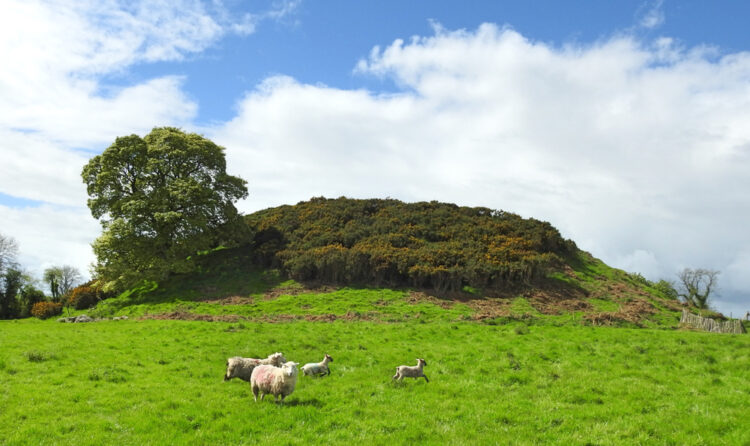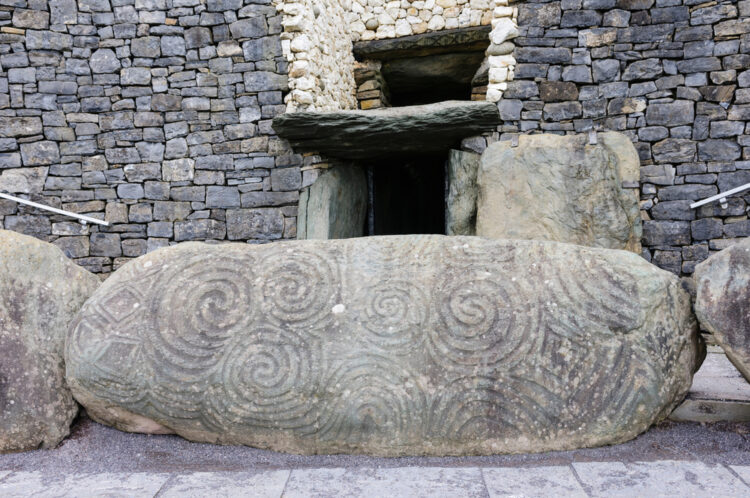Ireland has managed to keep intact a wealth of prehistoric Neolithic structures providing invaluable insights into early human history. These ancient constructions, megalithic tombs, stone circles, and early settlements, offer insight into the beliefs, social organization, and technological capabilities of the ancients. By studying the architecture, layouts, and artifacts found within these ruins, archaeologists and anthropologists have pieced together narratives about the transition from nomadic hunter-gatherer lifestyles to settled agricultural communities. The sheer scale and complexity of some of these Neolithic monuments suggest a level of social cooperation and engineering prowess that challenges previous assumptions about prehistoric societies. The astronomical alignments of certain structures also hint at a deep understanding of the natural world and a desire to connect with cosmic cycles.
Ireland’s Boyne Valley, a UNESCO World Heritage site, is home to an unparalleled collection of prehistoric rock art. The site offers a unique opportunity to connect with ancestors from thousands of years ago, as the passage mound tradition predates the fourth millennium BCE. Just a short drive from Dublin, this sprawling complex of prehistoric megalithic art is the largest and most significant of its kind in all of Europe. Newgrange, Knowth, and Dowth predate both the pyramids and Stonehenge, showcasing the impressive engineering skills and astronomical knowledge of their builders. The complex web of relationships between these various sites suggests a highly organized and sophisticated society, with elaborate burial practices and a deep connection to the natural world.
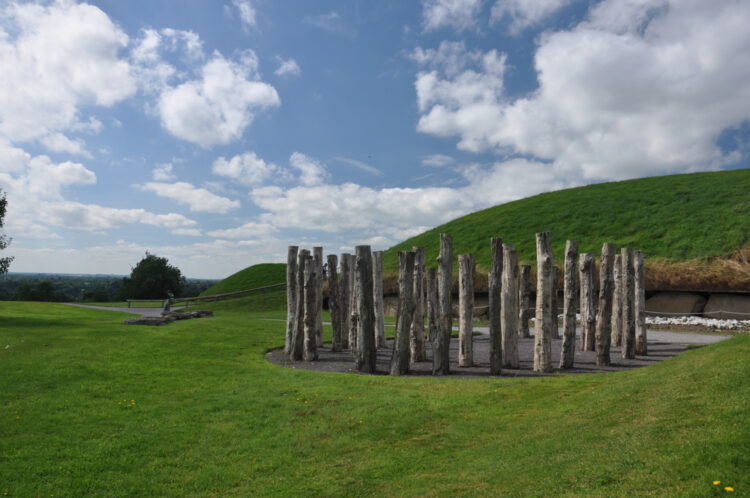
At the heart of Brú na Bóinne stands Newgrange, a colossal passage tomb that has captivated archaeologists and visitors alike for centuries. Built over 5,000 years ago, this remarkable structure showcases the Neolithic people’s advanced understanding of astronomy and engineering. The tomb’s entrance is aligned with the rising sun on the winter solstice, allowing a beam of light to penetrate the chamber’s darkness and illuminate its inner recesses. This intentional alignment suggests a profound understanding of celestial cycles and their significance in the lives of these ancient people.
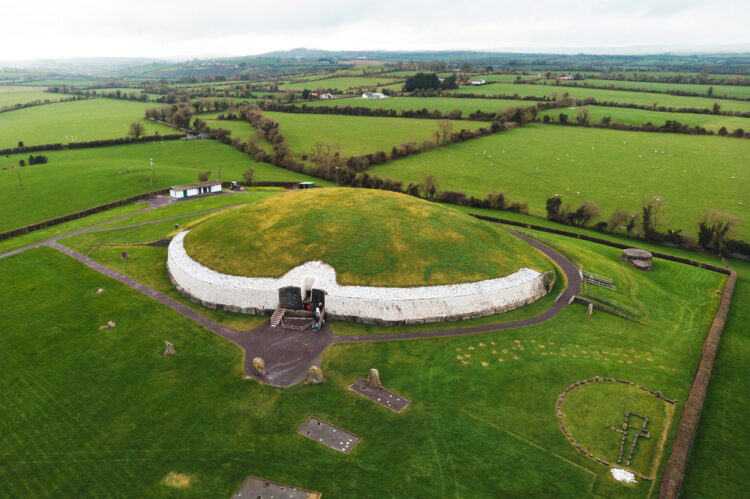
Knowth is a Neolithic passage grave and an ancient monument of Bru na Boinne in the valley of the River Boyne. Another monumental passage tomb within the complex, Knowth offers a unique perspective on Neolithic art and symbolism. While the main chamber remains closed to the public for conservation purposes, the exterior stones are covered in a rich tapestry of intricate carvings. Beyond its artistic significance, Knowth is also a treasure trove of archaeological artifacts, including pottery, stone tools, and human remains. The exact meaning of the carvings, depicting spirals, lozenges, and other enigmatic symbols, is largely unknown.
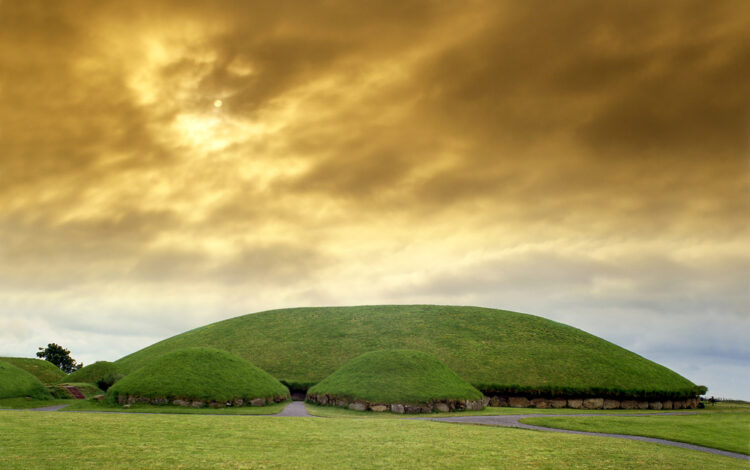
Dowth, the least explored of the three mounds, offers a more intimate experience. Although access to the interior of the tomb is limited, visitors can still appreciate the size and structure of the mound from the outside. Dowth remains somewhat shrouded in mystery. Less extensively excavated than Newgrange and Knowth, Dowth is also of great archaeological interest, with evidence of later prehistoric activity, including ringforts and enclosures. These features add another layer of complexity to the site’s history, revealing a continuity of human occupation and cultural evolution over thousands of years.
